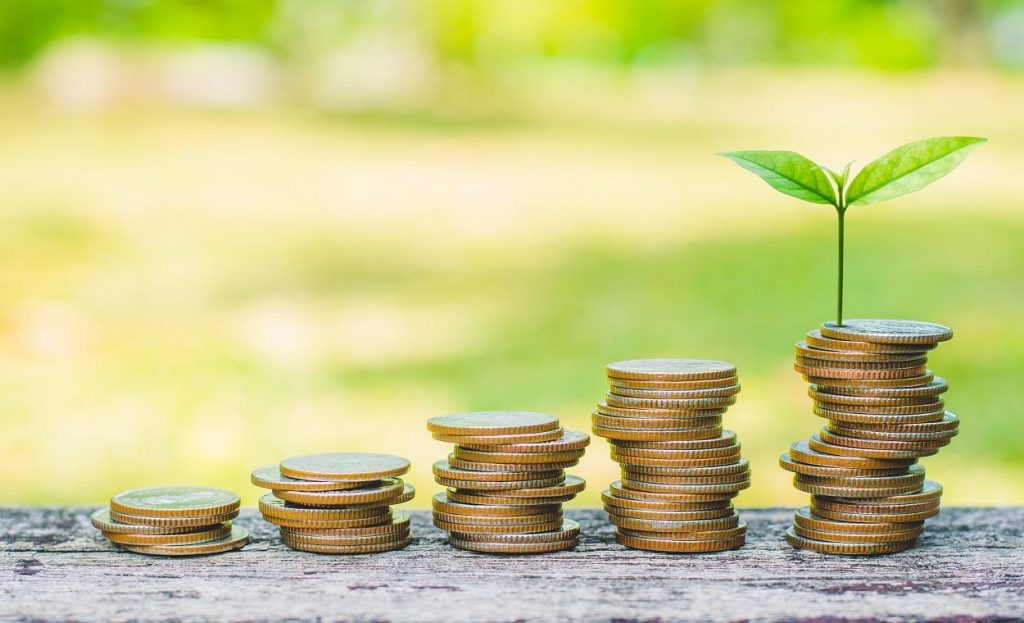Interest rates have risen abruptly and sharply in all the major economies except for China and Japan. As usual, the United States, still the global economic locomotive, even if a diminished one, has paved the way, with Australia, Canada, Euro area, New Zealand, Singapore, South Korea, Sweden, Switzerland, and the United Kingdom following suit. The relentless monetary tightening has caused considerable dislocation in the financial markets and the real economy.
It brings some comfort to place the blame for this debacle on the shoulders of central bankers who have demonstrated yet again that they, as their fiscal counterparts, are almost always behind the curve by keeping interest rates too low and liquidity excessively high for far too long, sowing the seeds of galloping inflation and lulling bond vigilantes into a sense of false security by preaching that incipient price pressures were a “transient phenomenon” due to soon-to-vanish supply-side shocks.
Apportioning blame for the rapid rise in inflation helps to mitigate the sense of frustration experienced, and if publicly expressed, is not entirely unproductive in that it hopefully encourages public policymakers to be less inclined to succumb to wishful thinking and sharpen their forward-looking capabilities. Still, as always, investors may gain more by focusing on the future direction of interest rates and the consequences of their ascent for their portfolios.
We know that, to extinguish the inflationary flames, interest rates need to rise at least 1 percent and possibly more above the rate of core inflation. The difficulty lies in the fact that there are different measures of core inflation and extrapolating into the future the trends that any of them exhibits is a challenging exercise. We can decide that the Fed’s recent failings were an aberration and place our confidence in its projections (dot plot) that suggest that the Fed Funds Rate will peak at 4.6% in early 2023, probably causing a fair amount of pain in the process.[1]
Alternatively, we may heed the arguments of individual experts, in academia and in the financial sector, who assert that the FED has shifted from being overly easy to being uncompromisingly tight, the implication being that a significant decline in price pressures and a peak in interest rates may materialize sooner rather than later. A more practical course of action is to rely on the collective wisdom of the financial markets and turn to the FED funds futures for an indication of what the interest rate trajectory might look like.[2] The picture painted suggests that interest rates will peak at a level broadly consistent with the FED’s current projections but not before May 2023.[3] Unless the market changes its mind, this means that we will have to wait somewhat longer for interest rate-induced anxieties to abate but that the process will not extend far into the future.
[1] See https://fred.stlouisfed.org/series/FEDTARMD.
[2] See https://www.economics-finance.org/jefe/fin/KeaslerGoffpaper.pdf.
[3] See https://www.cmegroup.com/markets/interest-rates/stirs/30-day-federal-fund.quotes.html
